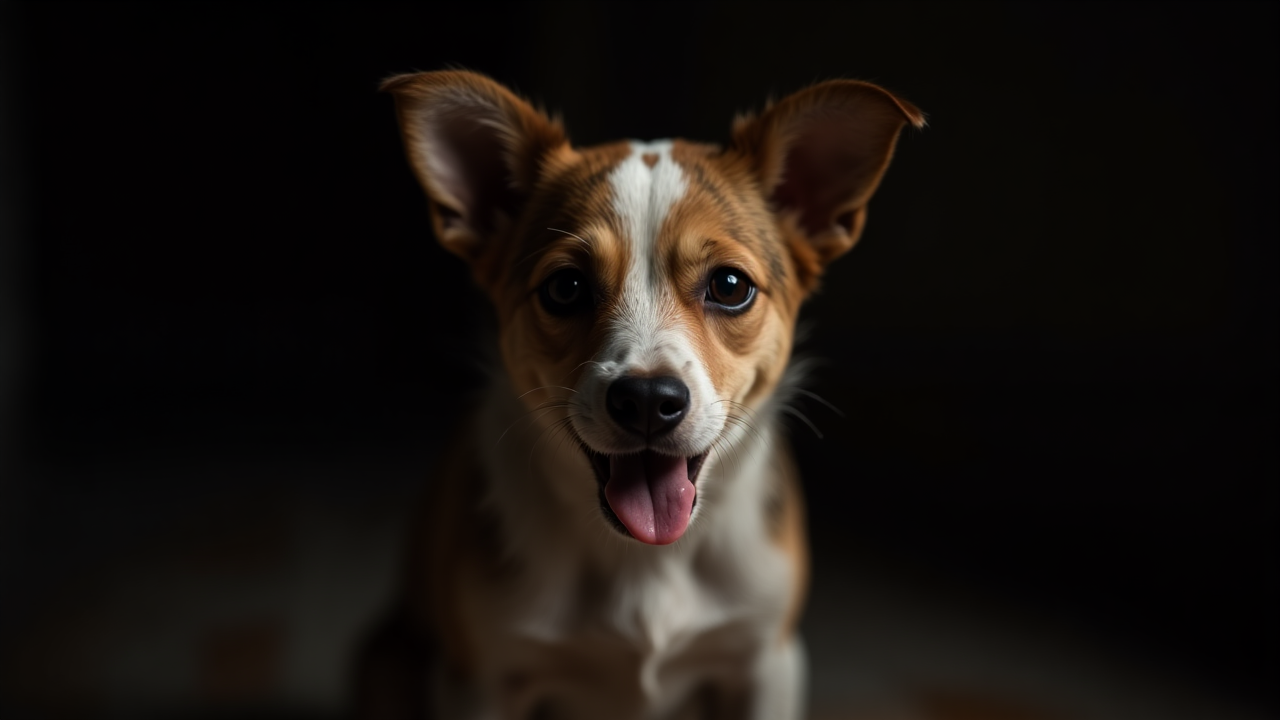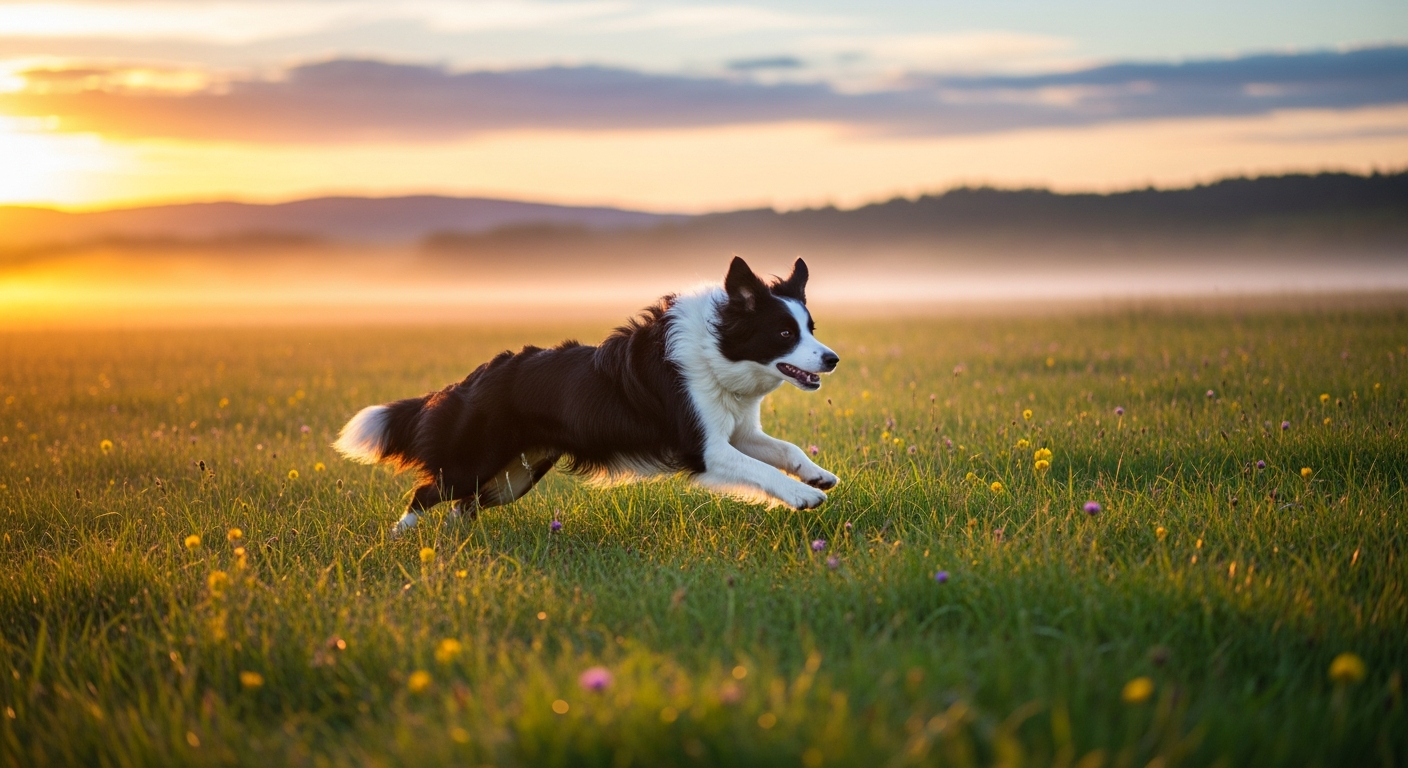The devastating California wildfires of 2017 highlighted a pressing need for innovative treatments to address severe burn wounds suffered by wildlife. Veterinarians at UC Davis, led by Jamie Peyton of the Wildlife Disaster Network, recognized the limitations of traditional wound care methods and subsequently sought a groundbreaking solution.
The Tilapia Skin Breakthrough
In a pioneering move, the UC Davis team turned to an unexpected source tilapia fish skins to help heal burn wounds in two bears and a mountain lion cub. This technique was previously used to treat human burn patients in Brazil, but had never been applied to wild animals before.
Tilapia Skins Have Unique Properties
Tilapia skins possess several properties that make them ideal for treating animal burn wounds, including in dogs and cats. The skin is rich in collagen, which helps accelerate the healing process. Additionally, the skin is harmless to animals if accidentally ingested, a crucial consideration when treating both wild and domestic animals.
Successful Implementation and Expansion
The UC Davis team, in collaboration with the California Department of Fish and Wildlife, carefully sutures tilapia skins onto the animals’ paws, effectively creating a natural, protective bandage. This innovative technique has since been successfully used to treat burn wounds in a wide range of animals, from domestic pets to iconic Australian wildlife like kangaroos and koalas.
Versatility and Accessibility
One of the key advantages of tilapia skin treatment is its versatility. It can be applied to a variety of animal species, making it a valuable tool for the veterinary toolkit. Additionally, the availability and relatively low cost of tilapia skins make this treatment accessible to veterinary clinics and wildlife rehabilitation centers around the world.
Conclusion
The landmark use of tilapia skins to treat animal burn wounds is a testament to the veterinary community’s commitment to innovation and wildlife protection. This groundbreaking approach has not only saved the lives of numerous animals, but has also paved the way for further advancements in veterinary care. It stands as a shining example of the transformative power of creative thinking and collaborative research in the veterinary field.







